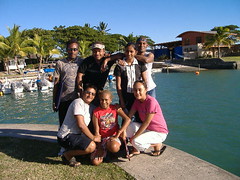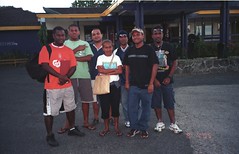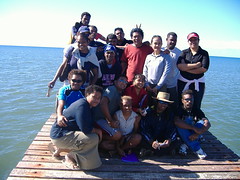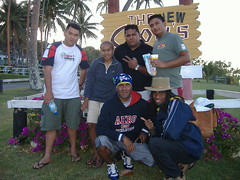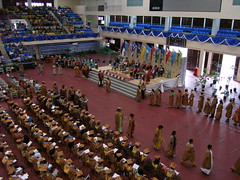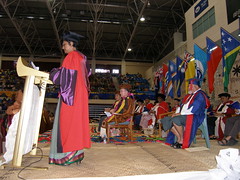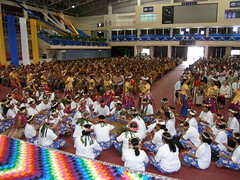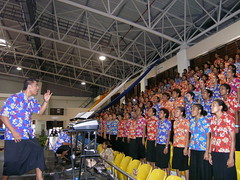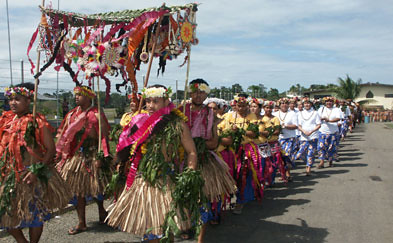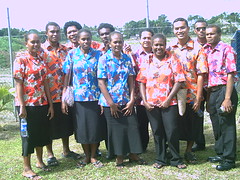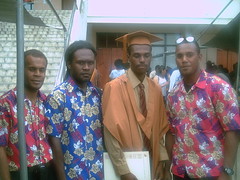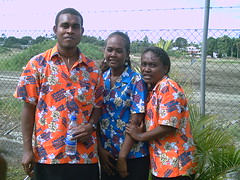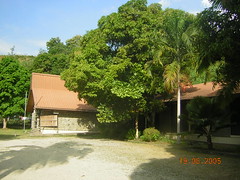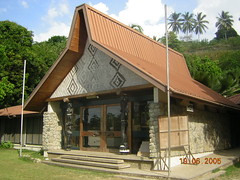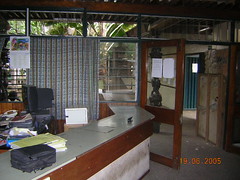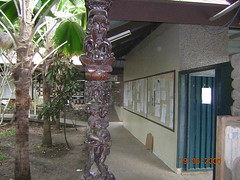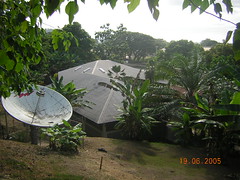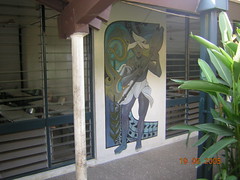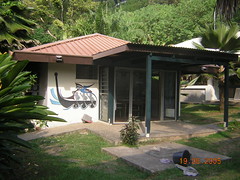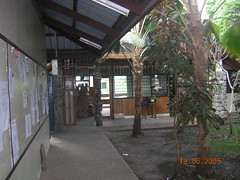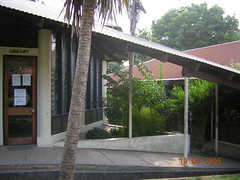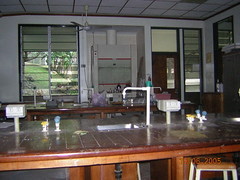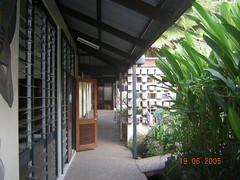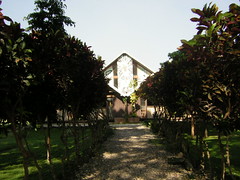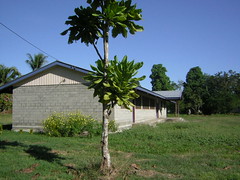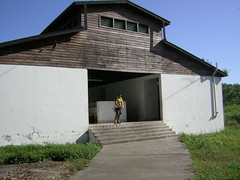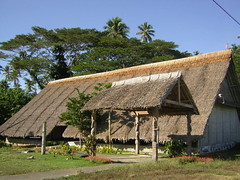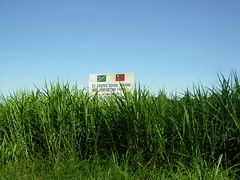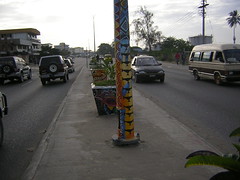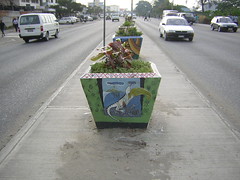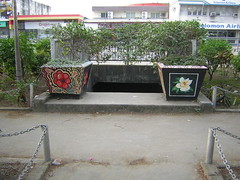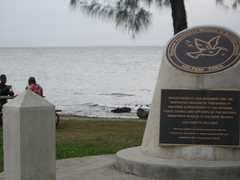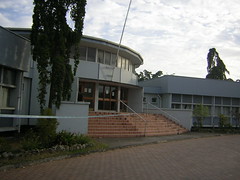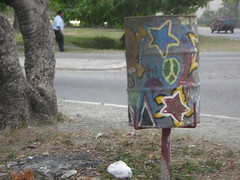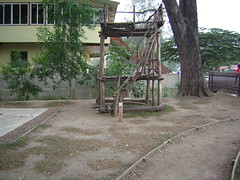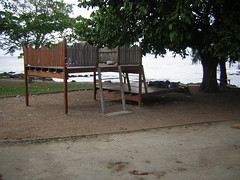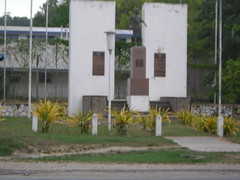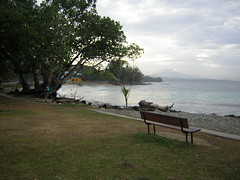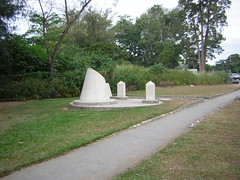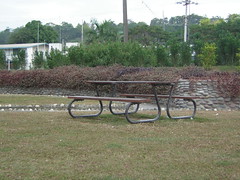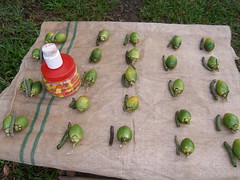 ceremonies such as peace making to bride price, either it is exchanged or just to get people together and get the story flowing. Today it is one of the new age traditional snacks that is found in Honiara where the young people mostly youths have taken over the once old tradition of betel chewing. But do we really know what we are chewing, I mean scientifically. Here are some accounts of what experts have found in betel nut...Read on:
ceremonies such as peace making to bride price, either it is exchanged or just to get people together and get the story flowing. Today it is one of the new age traditional snacks that is found in Honiara where the young people mostly youths have taken over the once old tradition of betel chewing. But do we really know what we are chewing, I mean scientifically. Here are some accounts of what experts have found in betel nut...Read on:The information was prepared by the professional staff at Natural Standard, based on thorough systematic review of scientific evidence. The material was reviewed by the Faculty of the Harvard Medical School with final editing approved by Natural Standard.

Evidence
Betel nut use refers to a combination of three ingredients: the nut of the betel palm (Areca catechu), part of the Piper betel vine and lime. Scientists have studied betel nut for the following health problems:
Stimulant
Betel nut may cause stimulant and euphoric effects. As a result, it is sometimes used recreationally. However, the known toxicities of chewing betel nut likely outweigh any possible benefits.
Stroke recovery
Betel nut has been studied for use after cerebrovascular accidents or stroke. Although some studies have suggested that betel nut extract may improve speech, bladder control and muscle strength, these studies have been small, with flaws in their designs. It is not clear if the possible benefits are worth the risks associated with betel nut use.

Schizophrenia
Early studies suggest that chewing betel nut may provide benefits for people diagnosed with schizophrenia. However, there are no well-designed studies evaluating this claim in humans, and it is not clear whether the possible benefits of chewing betel nut are worth the risks.
Anemia
One study suggests that chewing betel nut may reduce the risk of anemia in pregnant women, but it is not clear what effect betel nut truly has in this setting. It is not recommended that pregnant women chew betel nut because of a risk of cancer or birth defects.
Dental cavities
Betel nut was once used in toothpaste to prevent cavities. Laboratory studies suggest that betel nut may have antibacterial effects, which may reduce the development of cavities. However, other therapies to prevent tooth decay are safer, and the risks associated with betel nut likely do not outweigh the possible benefits.
Ulcerative colitis
Although betel nut has been suggested as a therapy to prevent or protect against ulcerative colitis, it is unlikely that the benefits are worth the risks.
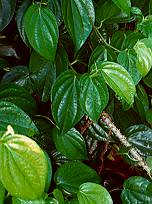
Saliva stimulant
Betel nut has been shown to produce large amounts of saliva in people who chew betel nut. However, the toxic effects associated with its use probably do not outweigh the benefits.
Summary
Betel nut has been suggested as a treatment for many conditions.
However, there is not enough scientific evidence to support the use of betel nut for any medical condition. Although betel nut is chewed recreationally, chewing or ingesting betel nut may cause many serious adverse effects, including cancer, effects on the heart and death. Betel nut should be avoided in pregnant or breast-feeding women and in children. Consult a health care professional immediately if you have any side effects.
You can view this article in full at this URL:
http://www.intelihealth.com/IH/ihtIH/WSIHW000/8513/31402/351498.html?d=dmtContent
